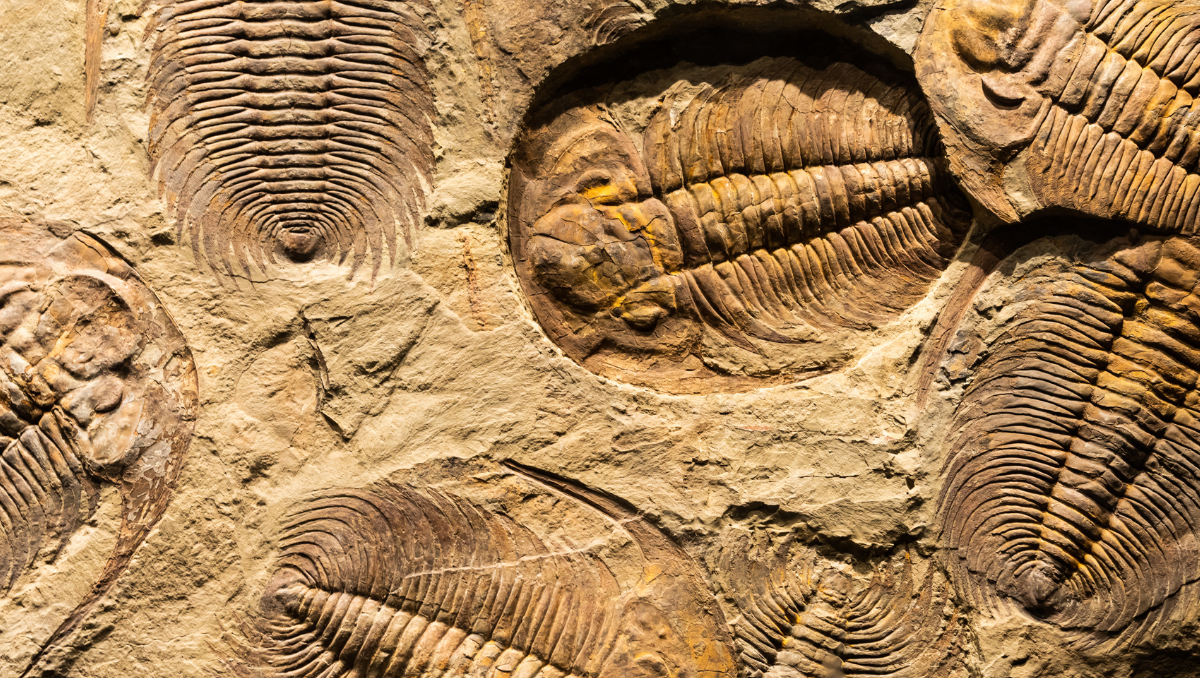Living fossils are organisms that have remained unchanged for millions of years and provide valuable insights into the Earth’s ancient past. These remarkable creatures offer a unique window into the evolutionary history of life on our planet. We will explore the concept of living fossils, their significance, and some notable examples of these fascinating organisms.
Understanding Living Fossils
Living fossils are species that have retained primitive characteristics similar to their ancient ancestors, often over incredibly long periods of time. Despite undergoing minimal evolution, these organisms have managed to survive major extinction events and environmental changes, making them invaluable to scientists seeking to understand the history of life on Earth.
Significance of Living Fossils
The study of living fossils provides crucial evidence for understanding evolutionary processes and the environmental conditions that existed millions of years ago. By examining these organisms, scientists can gain insights into the ancient ecosystems, climate, and geological events that have shaped the planet over time.
Examples of Living Fossils
1. Coelacanth
- The coelacanth is a prime example of a living fossil, with a lineage that dates back over 400 million years.
- Once thought to have gone extinct with the dinosaurs, living coelacanths were discovered off the coast of South Africa in 1938, stunning the scientific community.
2. Gingko Biloba
- The gingko tree is another classic example of a living fossil, having remained virtually unchanged for over 200 million years.
- Its distinct fan-shaped leaves and unique reproductive structures are reminiscent of ancient fossilized gingko leaves.
3. Horseshoe Crab
- Horseshoe crabs have existed virtually unchanged for over 450 million years, making them one of the oldest living fossil lineages.
- These marine arthropods have survived multiple mass extinctions and continue to thrive in coastal habitats today.
4. Tuatara
- The tuatara, native to New Zealand, is often referred to as a “living fossil” due to its distinctive lineage that dates back to the time of the dinosaurs.
- This reptile exhibits several primitive features not seen in any other living reptiles, making it an invaluable species for understanding reptilian evolution.
5. Lamprey
- Lampreys are jawless fish that have existed for over 300 million years and have preserved many primitive traits, including their unique feeding mechanism and lack of true jaws.
- Their evolutionary significance extends to their role as a model organism for understanding vertebrate evolution and development.
Conservation and Research
Given their immense historical significance, living fossils are of great interest to conservationists and researchers. Efforts to study and protect these ancient organisms are crucial not only for understanding the past but also for preserving biodiversity and ecosystems in the present day.
Conservation Challenges
Despite their resilience over geological time scales, living fossils face modern-day threats such as habitat loss, pollution, and climate change. Conservation efforts are essential to ensure the survival of these ancient species for future generations.
Research Implications
Studying living fossils offers unique opportunities for scientists to unravel evolutionary mysteries and gain a deeper understanding of the mechanisms that have allowed these organisms to persist virtually unchanged for millions of years. By unlocking the secrets of living fossils, researchers can shed light on the adaptive strategies that have enabled these species to thrive across vast spans of geological time.
Living fossils serve as living testimonies to the ancient history of our planet, offering invaluable insights into the processes of evolution and the environmental conditions that have shaped life on Earth. As we continue to study and protect these remarkable organisms, we deepen our understanding of the natural world and the profound forces that have sculpted it over eons. Through conservation and research, we can ensure that these living relics of the past endure for generations to come, enriching our knowledge and appreciation of the wondrous tapestry of life on Earth.
